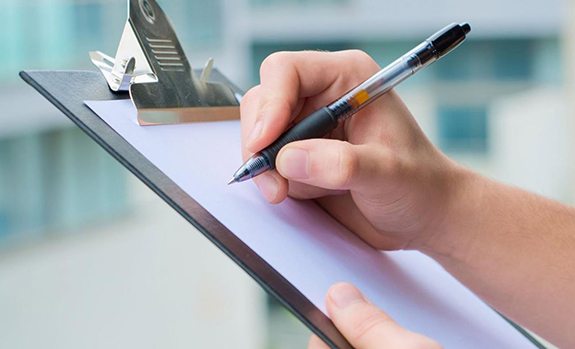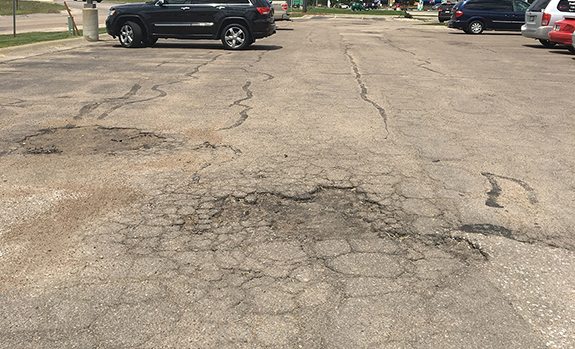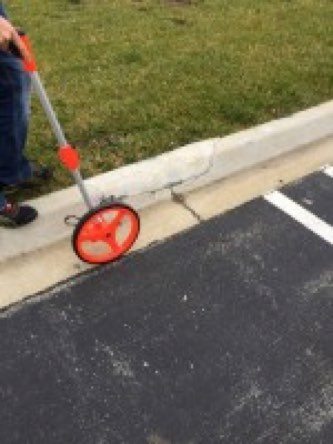
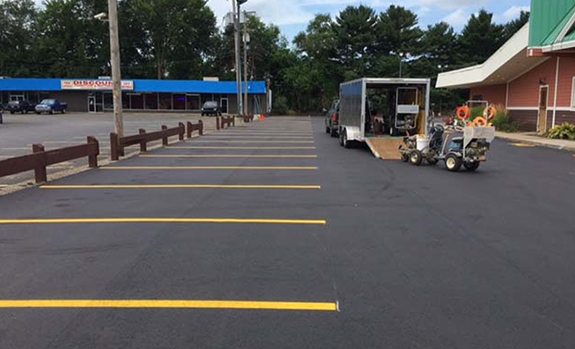
Make Your Mark: Re-Stripe Your Pavement Assets This Summer
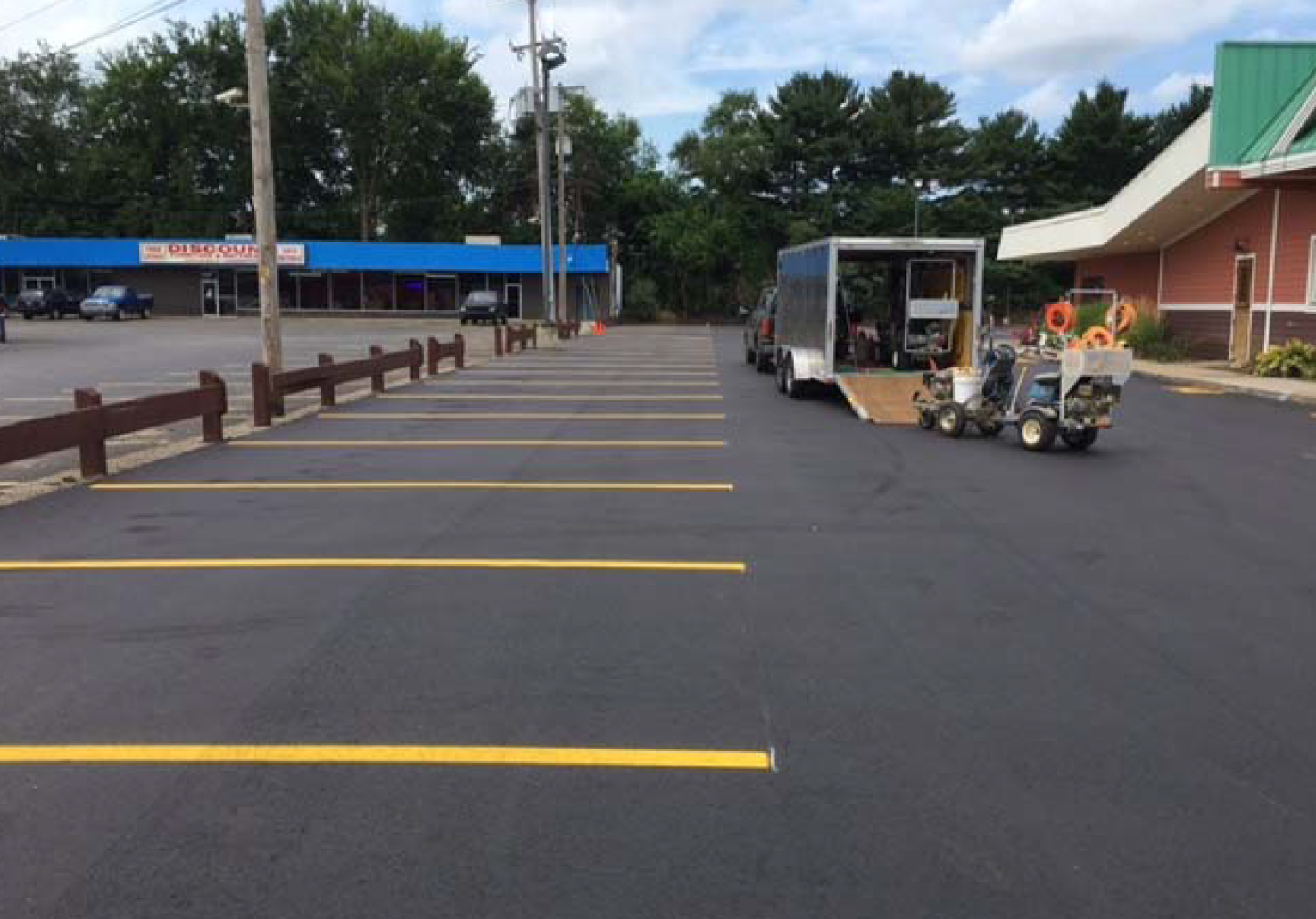
A good rule of thumb is to re-stripe every 2 to 3 years. It may be necessary to perform the procedure more often, however, if paint has visibly faded prior to the two-year mark, making it difficult to discern one stall from the next, for example, or identify ADA markings. If this is the case, schedule re-striping as soon as possible and then routinely monitor the site to determine the right frequency moving forward. Keep in mind that paint has a tendency to fade quicker in geographic regions experiencing abundant sunshine. Or, in climates with heavy snowfall since plows can scrape the paint and salt can cause further damage. Using the right paint material, specific to your site’s climate, can help prevent premature wear. Be sure and discuss this with your contractor prior to application.
Ultimately, it is important to keep an eye on your pavement markings and, if you can’t be on site, hire a partner who can routinely assess the parking lots in your portfolio. To neglect or delay re-striping could compromise the safety of your customers and, over time, create a bad impression of your brand image.
Re-Striping Materials
When striping over existing lines, which are usually latex water based, it is best to use solvent-based paints, alkyd, chlorinated rubber, and acetone acrylic paints because these materials bond and perform better. Be sure to use a paint that complies with local air quality laws in your state–there are many low-VOC formulas available.
Application Process
In general, surface and ambient temperatures of 50°F and above produce best results. Apply paint with an airless and air-pressurized paint machine. It is best to apply two thin coats rather than one thick one to avoid any issues associated with over-application. Typical drying time is 30 minutes; however, always consult manufacturer guidelines before re-opening the parking lot to traffic.


